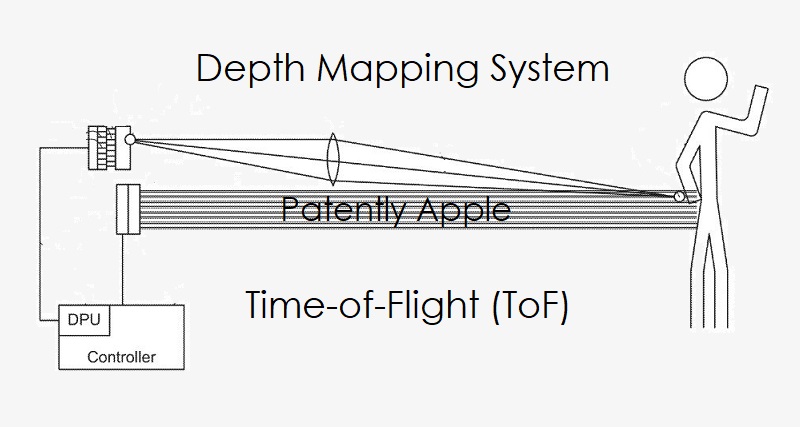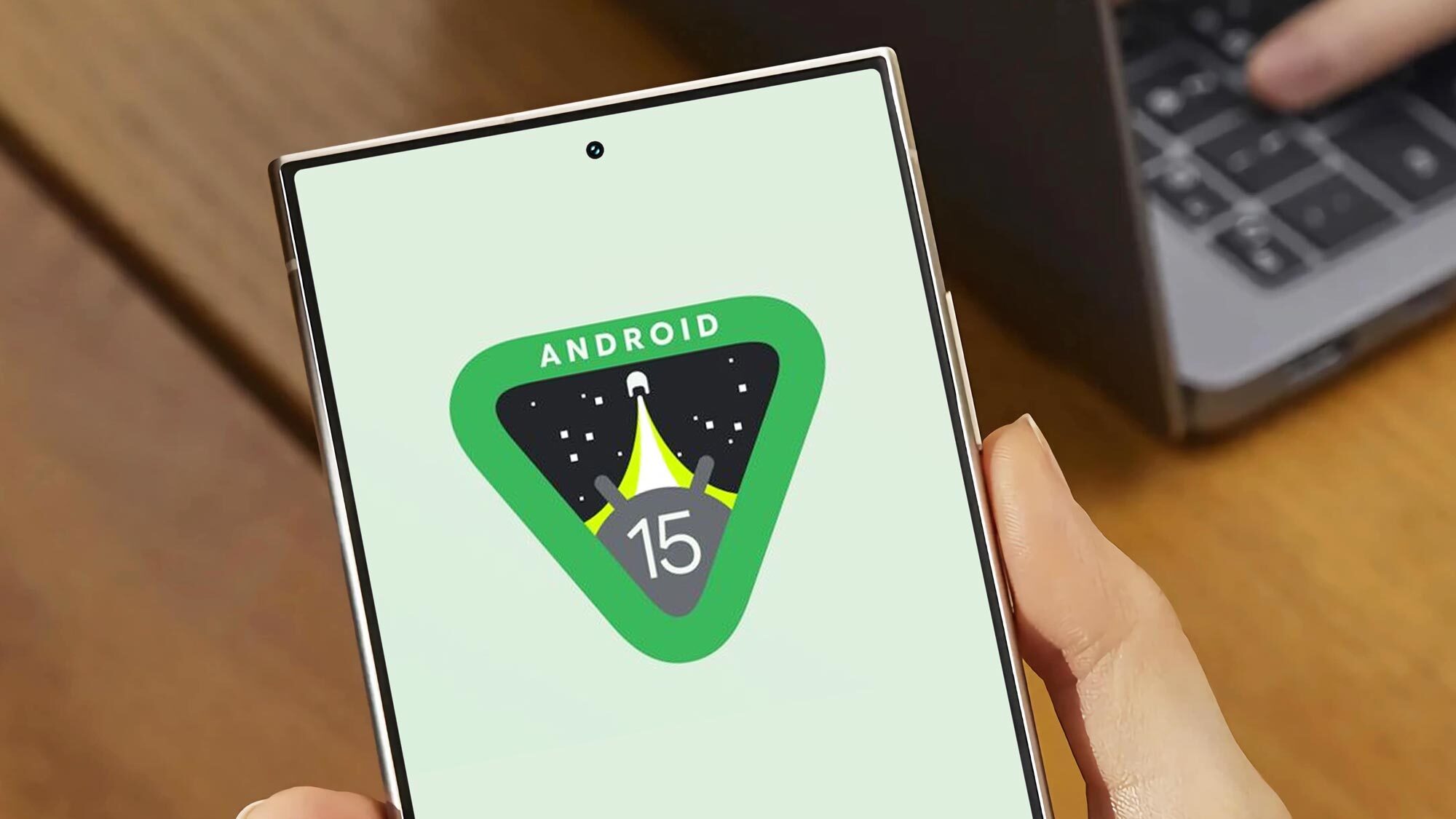iPhone 12 leak reveals killer upgrade to beat Galaxy Note 20
This could be how the iPhone 12's camera beats the Note 20

The iPhone 12's all-new camera feature just appeared online in full detail. While we expected upgrades were on the way for Apple's latest flagship, now we know how one of them will work.
In a patent approved by the USTPO and spotted by PatentlyApple, the Cupertino company divulges the technical details of the Time-of-Flight sensor that's packed in the iPhone 12's camera array.
- New iPhone 12: Release date, price, specs and leaks
- Have you seen the latest Apple Watch 6 leak?
- Just in: Microsoft Surface Duo video reveals all the key features
Time-of-Flight is a type of LiDAR technology, which captures and scales an entire scene using infrared laser pulses. The time it takes for a laser to reach an object and return to the phone results in a Time-of-Flight (ToF) measurement.

This travel can map the depth of objects in a room, which may benefit things like camera focus or the placement of augmented reality objects. And when built into a front-facing camera, a ToF sensor could enhance biometrics such as Face ID, or even support certain kinds of air gestures.
Phones like Samsung’s Galaxy S20 Ultra and Galaxy Note 10 Plus have these ToF sensors, too. Though they should allow for greater depth sensing, Samsung ditched the system for the Galaxy Note 20 and Samsung Galaxy Note 20 Ultra. The Note 20 Ultra uses a dedicated laser autofocus sensor instead, likely to avoid the focusing issues that impacted the Galaxy S20 Ultra.
The newest iPad Pro 12.9 (2020) has a LiDAR system, so it's reasonable to believe Apple has figured out how to implement it for the iPhone without creating unintentional camera hiccups.
The patent in question is pretty technical, but worth a read if you're interested in learning more in how ToF is engineered.
Sign up to get the BEST of Tom's Guide direct to your inbox.
Get instant access to breaking news, the hottest reviews, great deals and helpful tips.
iPhone 12 cameras: What we know
The iPhone 12 and iPhone 12 Max are expected to feature a wide camera and ultra-wide camera, while the iPhone 12 Pro and iPhone 12 Pro Max should feature an additional telephoto lens along with the ToF sensor described above.
Earlier camera leaks have pointed to Apple offering a new sensor shift image stabilization technology. Gyroscopes detect motion in every direction and a processor interprets this motion to activate an actuator on the sensor to compensate for it. The result is that these type of sensors can eliminate unwanted motion on any axis, including unwanted rolling motion.
It's unclear how these new camera arrays will change the of look on the new iPhone range, but we're not far from learning more directly from the source. Recent release date rumors point to the iPhone 12 launching in October.
Kate Kozuch is the managing editor of social and video at Tom’s Guide. She writes about smartwatches, TVs, audio devices, and some cooking appliances, too. Kate appears on Fox News to talk tech trends and runs the Tom's Guide TikTok account, which you should be following if you don't already. When she’s not filming tech videos, you can find her taking up a new sport, mastering the NYT Crossword or channeling her inner celebrity chef.

